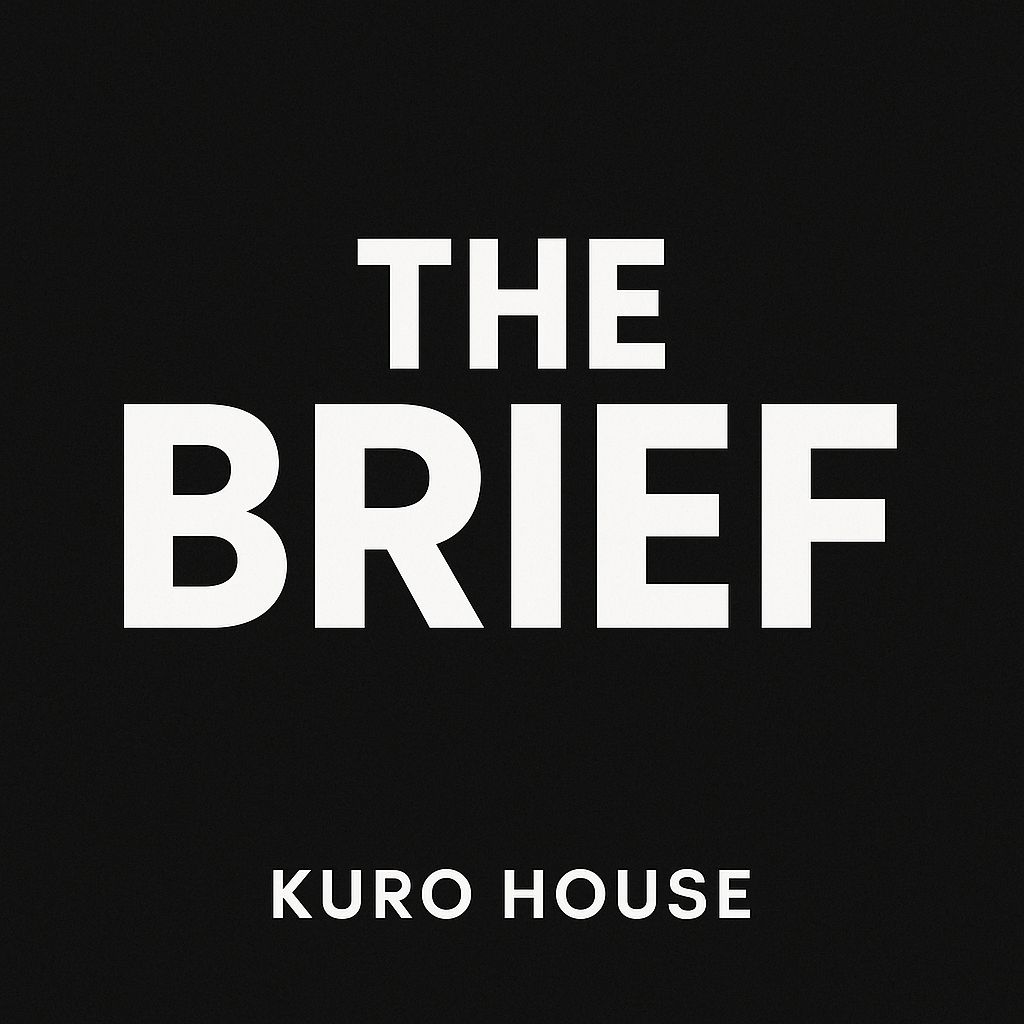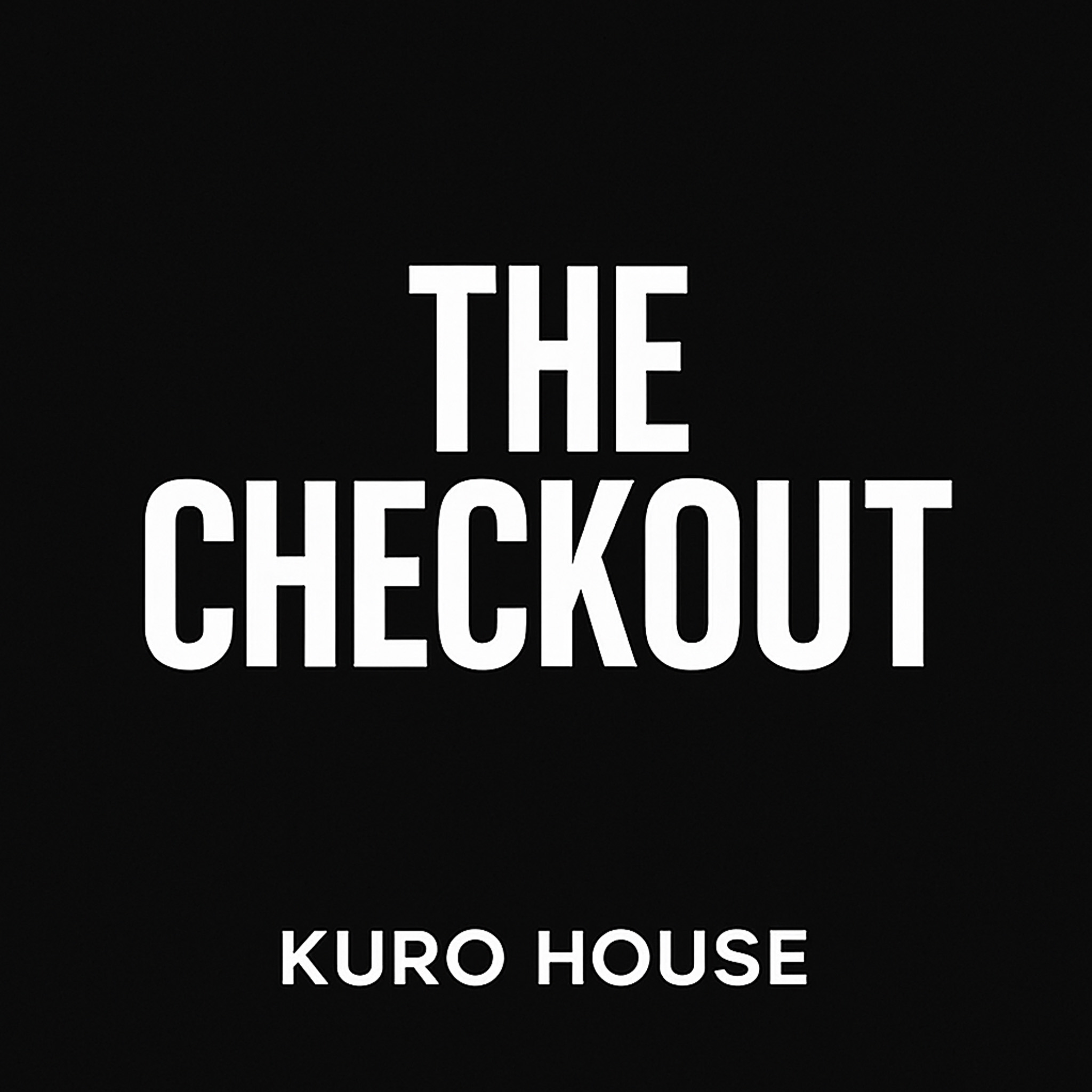Listen To The Show
Transcript
Welcome to The Brief by Kuro House, where we break down the latest and most impactful stories shaping the marketing world. Today, we’ve got a line-up of stories that cut across tech, media, and the creator economy—each with deep implications for how professionals like you work, compete, and connect. Let’s dive right in.
First up, Atlassian is making a major move into the AI-powered browser space. According to Adweek, the enterprise software giant has agreed to acquire The Browser Company—the startup behind the Arc and Dia browsers—for a whopping $610 million in an all-cash deal. This acquisition, expected to close by December, signals Atlassian’s intent to reimagine the browser specifically for knowledge work in the AI era. CEO Mike Cannon-Brookes emphasized that current browsers weren’t built for work, but for browsing, and Atlassian aims to change that by creating a browser optimized for SaaS apps, with AI at its core. The Browser Company, founded in 2019 and valued at $550 million earlier this year, counts Atlassian Ventures and Salesforce Ventures among its investors. Notably, the Dia browser—launched after development on Arc was paused—will continue under The Browser Company’s independent operation, even as Atlassian integrates productivity tools into its own suite. Meanwhile, Arc will still be supported during the transition. This move comes amid a flurry of activity in the AI browser space, with competitors like Perplexity and OpenAI also eyeing the market. In fact, The Browser Company reportedly explored acquisition talks with both Perplexity and OpenAI before this deal. And on a related note, Perplexity made headlines recently by offering Google $34.5 billion in cash for Chrome after a court found Google held a search monopoly. With over 300,000 customers—including more than 80% of the Fortune 500—Atlassian’s acquisition could quickly bring Dia to millions of new users and reshape how knowledge workers interact with the web.
Switching gears to the world of media competition, Newsmax has filed a lawsuit against Fox News, as reported by Adweek’s TVNewser. The lawsuit, filed in federal court in Florida, accuses Fox News of running an extensive and unlawful campaign to block competition in the right-wing pay-TV market. Newsmax alleges that Fox has bullied distributors into unfair carriage deals, including so-called “no-carry” provisions that penalized distributors for carrying Newsmax or required them to promote Fox’s less popular sibling channels like Fox Business or Fox Sports 2. Newsmax also claims Fox pressured guests not to appear on Newsmax, ran online smear campaigns, and even hired private investigators to target Newsmax leadership. CEO Christopher Ruddy stated that the lawsuit is about restoring fairness and ensuring real choice for viewers. If Newsmax prevails, damages could be tripled under federal law—a potential game-changer for the industry. Fox News, for its part, dismissed the suit, saying Newsmax “cannot sue their way out of their own competitive failures.” This legal battle comes on the heels of Newsmax settling a $67 million defamation case with Dominion Voting Systems, and follows Fox’s own $787.5 million settlement with Dominion last year. The outcome could have significant implications for competition and consumer choice in the pay-TV ecosystem.
Over on LinkedIn, the platform is doubling down on authenticity and trust with a new wave of verification features. As covered by Adweek, LinkedIn is expanding its Company Page verification, making the verification badge available to all companies with a Premium Company Page subscription. Previously, this was limited to a select few organizations. New business-level verifications are also rolling out, allowing recruiters and talent acquisition specialists to verify their workplace directly on their profiles. This aims to build trust with potential candidates and protect against scams. Perhaps most notably, LinkedIn is introducing C-suite verification—covering executive directors, managing directors, and vice presidents—to prevent executive impersonation and protect leadership representation. Oscar Rodriguez, LinkedIn’s VP of product, noted that these updates are designed to ensure users know exactly who they’re interacting with, whether it’s a recruiter, business, or executive. For marketers and business leaders, this could mean a more trustworthy, credible environment for networking and brand building.
In the digital media landscape, The New York Times is making a strategic shift by sunsetting its standalone Audio app. According to Adweek, the app, launched in May 2023, was designed to offer a curated audio experience—including content from outside publishers—but will shut down in early October. The move comes as audio and video have become far more integrated into the flagship News app, reflecting changing consumer habits. The Times recently added a Listen tab to its main app, signaling that podcasts and audio journalism are now central to its offering. As Sam Dolnick, deputy managing editor, put it: “I see this as audio graduating from Off-Broadway to Broadway.” The Times’ approach now is to weave audio throughout the News app, with features like personalized recommendations and the ability to seamlessly switch between reading and listening to articles. While third-party publishers like The New Yorker won’t have their content migrated, the Times’ entire podcast archive will be accessible in the main app. The decision underscores a broader trend: publishers are increasingly meeting audiences where they are, rather than trying to lure them to standalone platforms. The Times will keep its other apps—Cooking, Games, and The Athletic—separate for now, each offering distinct user experiences. The move is a reminder that in digital media, adaptability and a willingness to make tough calls are key strengths.
Finally, let’s talk about a big shift in the creator economy: transparency is fueling a surge in sponsorship rates. Digiday reports that in 2025, creators’ sponsorship rates have sometimes doubled compared to the previous year, with pay transparency playing a central role. Creators are now openly comparing sponsorship deals and sharing details about how they price their content, which has helped drive rates up. TikTok creator Millie Ford recalled being paid in $200 gift cards despite having 150,000 followers, simply because no one knew what to charge. Now, creators are much more open, recognizing that undercharging can hurt everyone. Gigi Robinson, another creator, explained that she can charge more for B2B partnerships, like with Adobe, because her audience values tactical business information. Meanwhile, brands are still struggling to figure out what to pay, as creators have access to community spaces, conferences, and pricing reports—like those from Sevensix Agency—that help them compare notes. However, this transparency isn’t without challenges. Some creators worry that publicly sharing their rates can make negotiations tougher, as brands may fixate on disclosed numbers. And, despite more resources, not every creator has equal access to these tools, leading to disparities. The landscape is also shifting in terms of content strategy: sponsored posts are no longer the centerpiece of creators’ holiday campaigns, with 70% saying these will make up less than a quarter of their holiday content. For marketers, this means understanding creator rates and expectations is more important—and more complex—than ever.
That wraps up today’s Brief. From AI-powered browsers and media lawsuits to platform trust and creator pay, the landscape is changing fast—and staying informed is your best competitive edge. Thanks for tuning in, and remember: the smartest marketers aren’t just reacting to the news—they’re anticipating what comes next. We’ll see you tomorrow.


